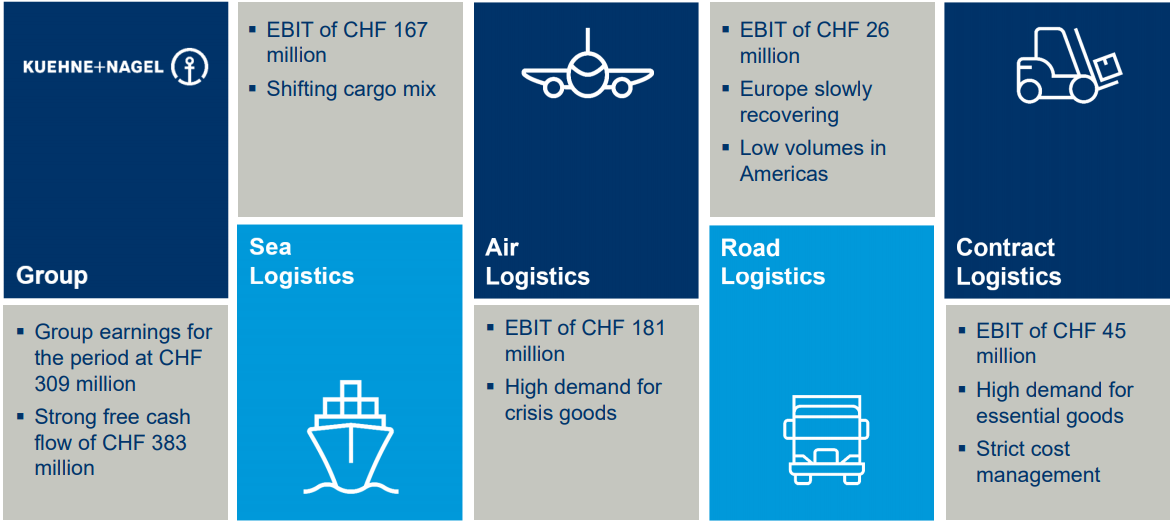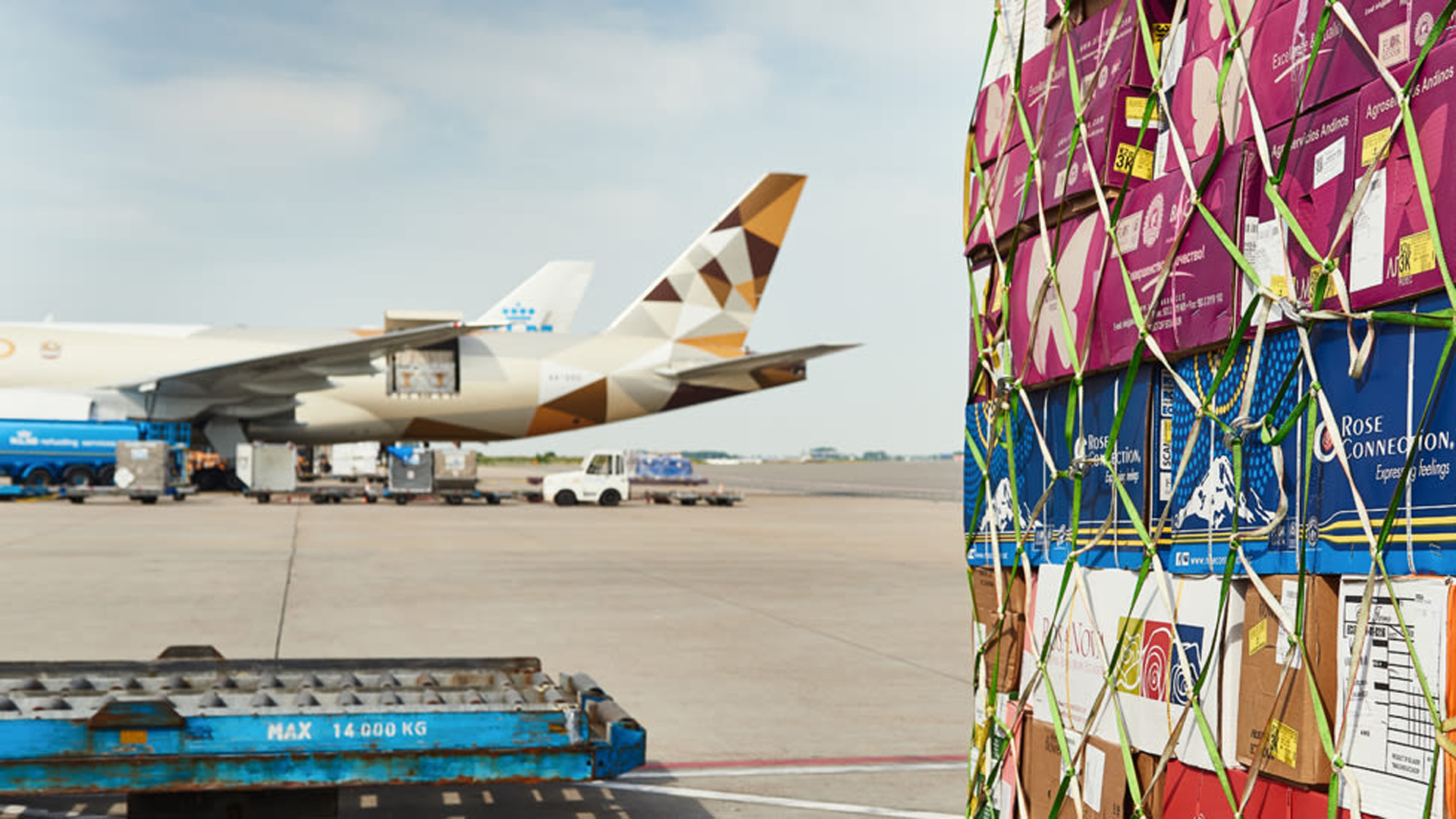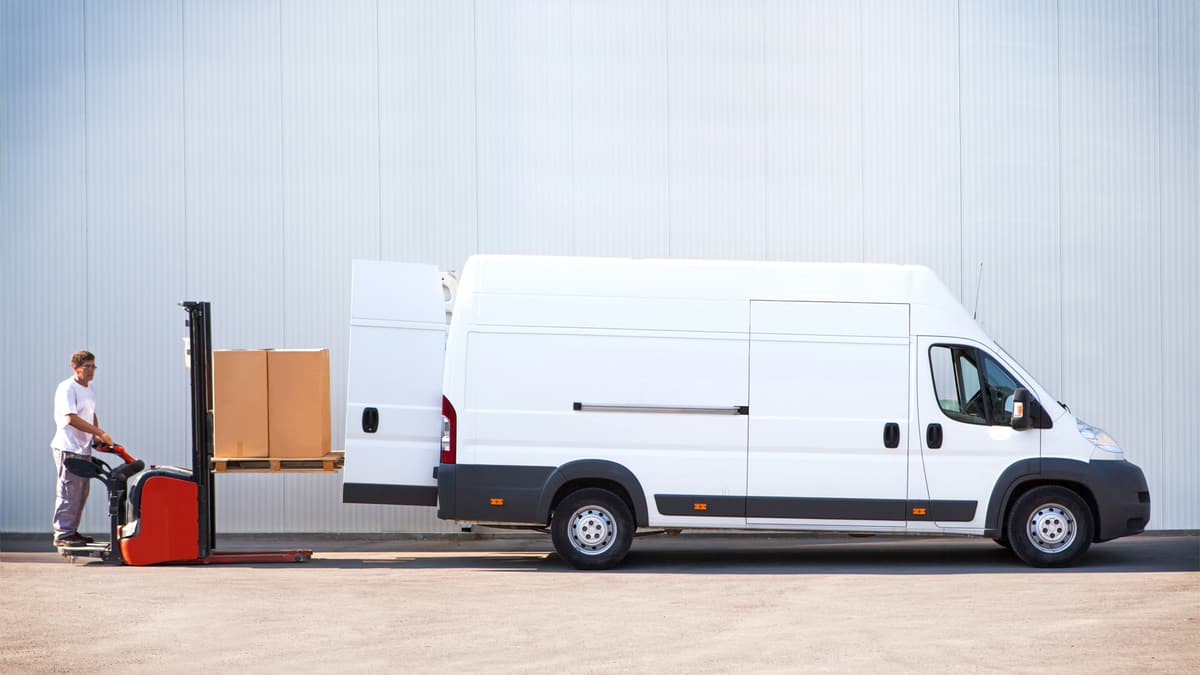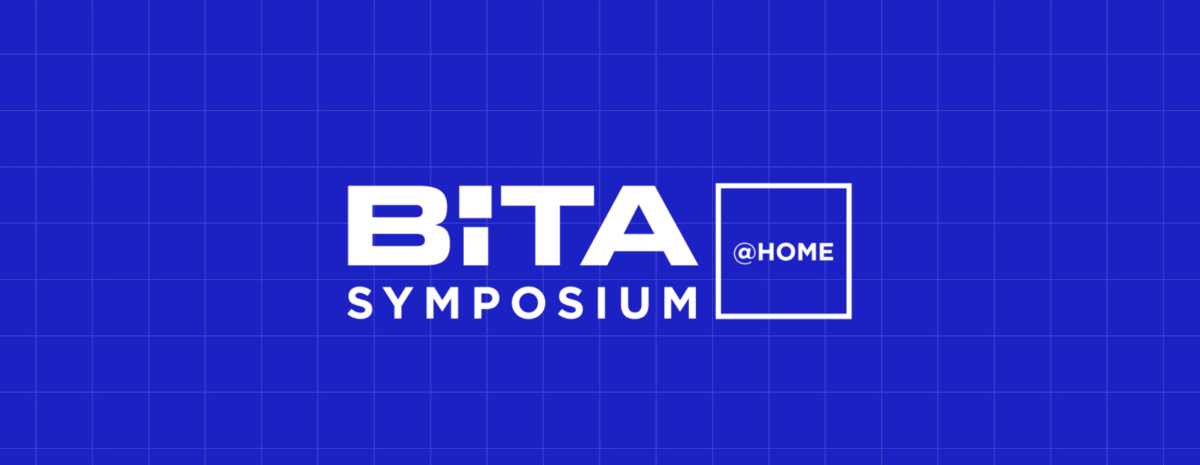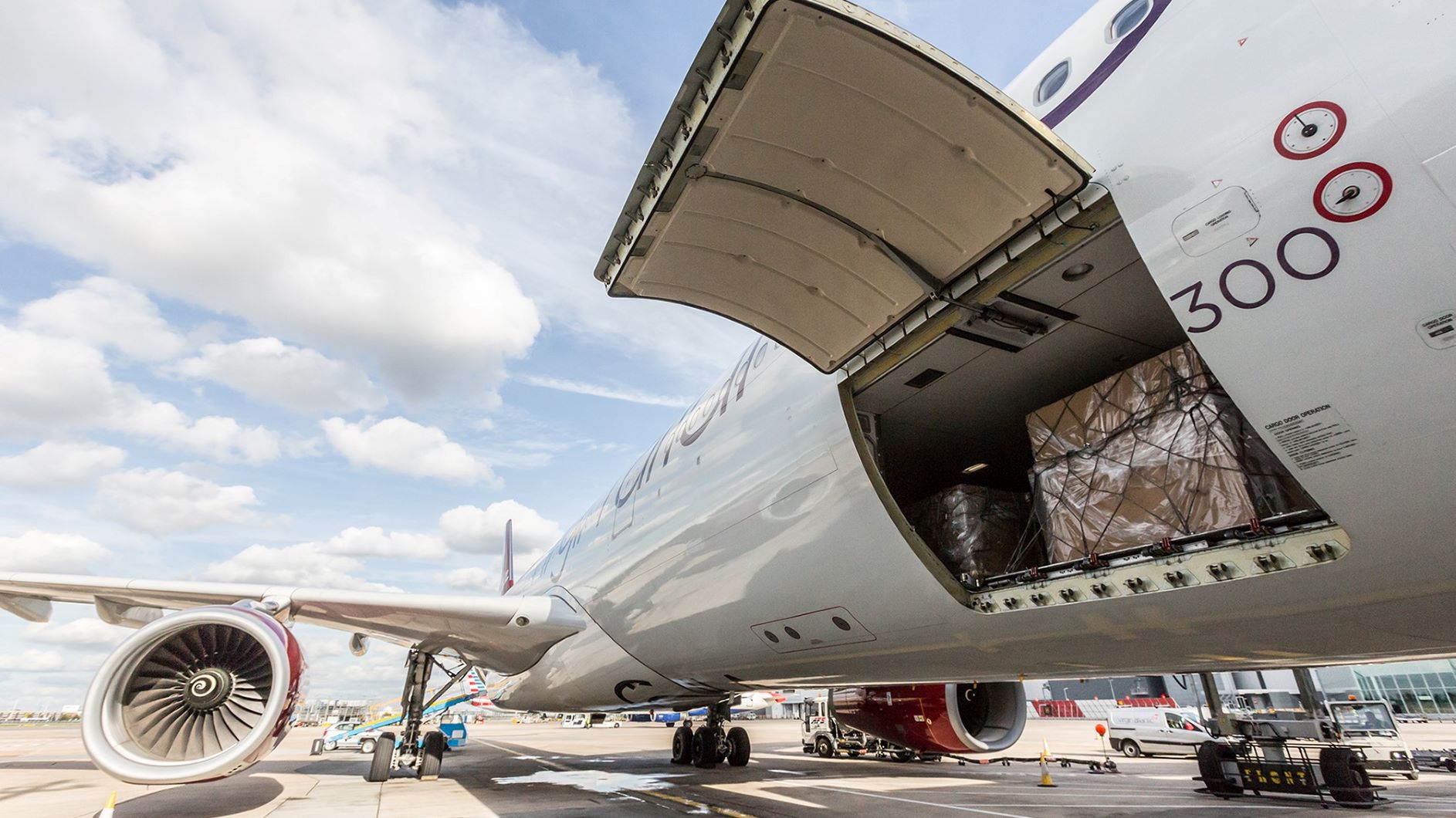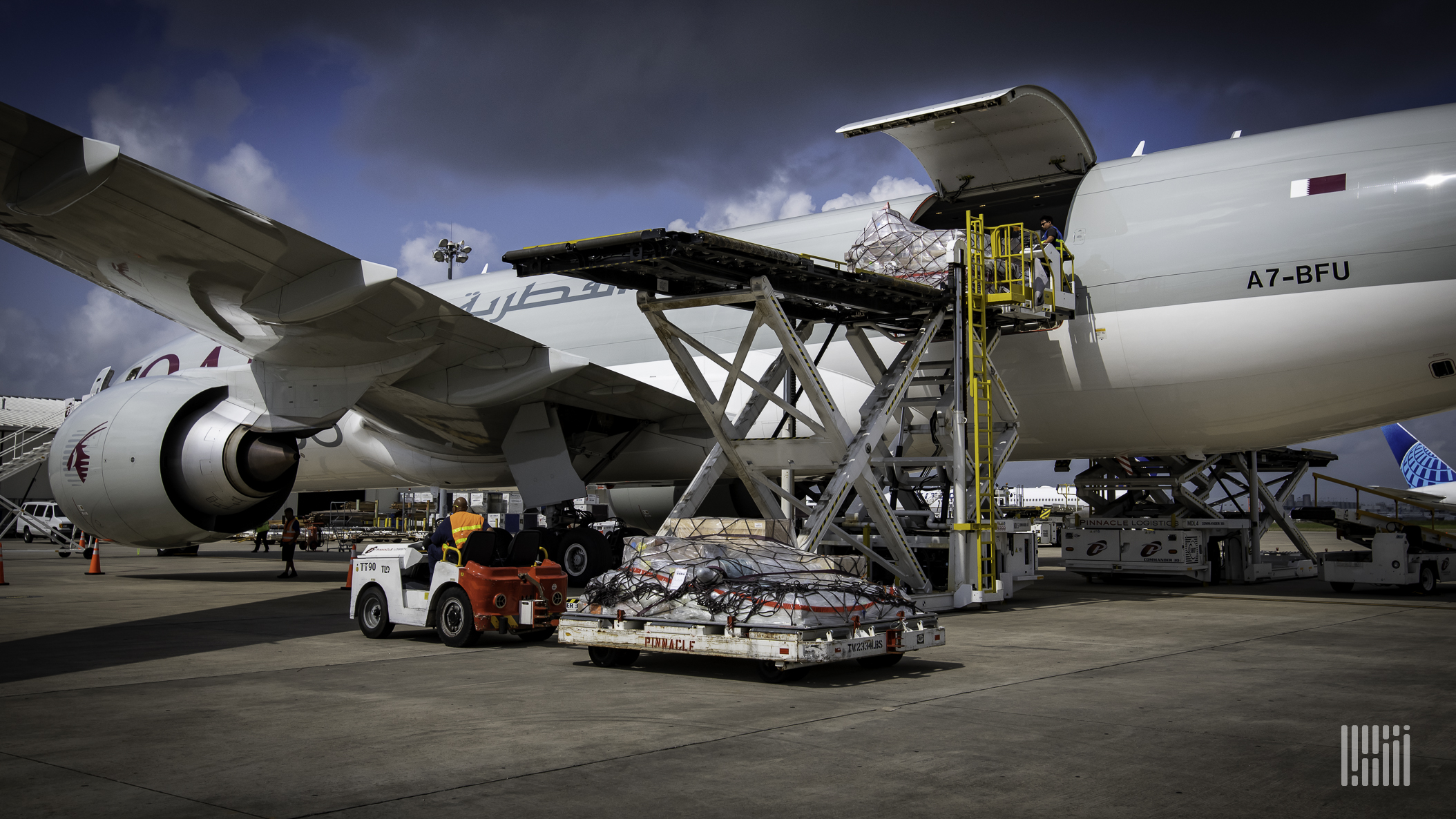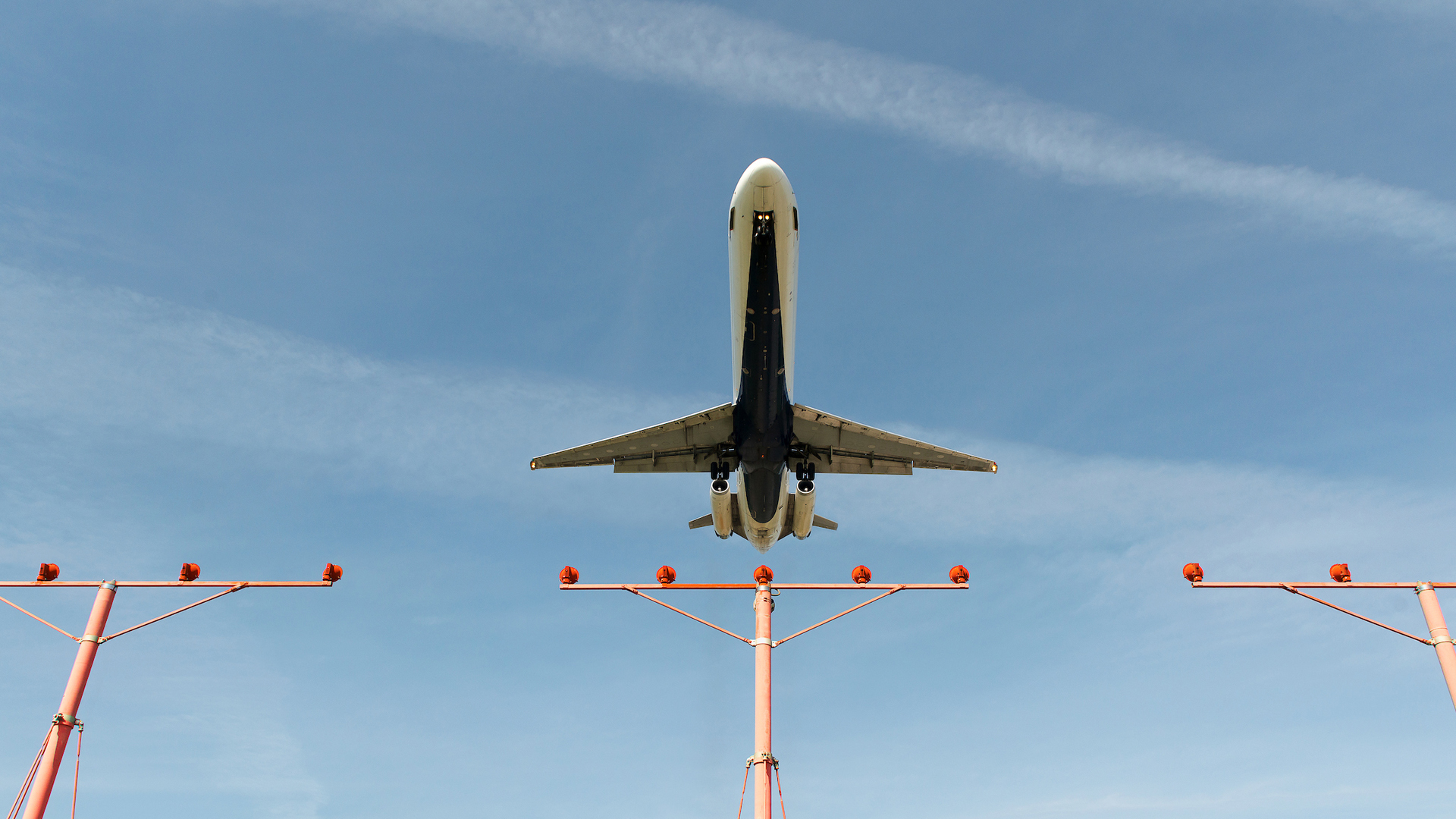
Within the global food supply chain, seafood logistics are among the most compromised, due to the widespread misuse of labels and direct seafood fraud. Marine conservation non-profit Oceana published a report on the extent of seafood fraud within North America. Its research showed that the U.S. was particularly vulnerable, as 90% of all the country’s seafood is imported – often from Southeast Asia.
Unisot, a Norwegian blockchain-based company, is working to bring visibility into global seafood supply chains. Unisot’s platform is powered by blockchain and provides all parties within the network a ‘universal source of truth’ to the end-to-end movement of shipment – from origin to the end customer.
“We have technology like electronic data interchange (EDI) and email in use right now, but they are old and inefficient technologies. This results in companies not exchanging enough information with each other,” said Stephan Nilsson, the co-founder and CEO of Unisot. “Companies collect tons of data and store them in their data warehouses. They only use it internally, creating closed data silos inside their organizations. That’s a big problem, and we are tackling that.”
Trust is a deciding factor in data exchange, which the technology of blockchain can provide via its secure and decentralized ledger system. Nilsson explained that Unisot realized early that supply chains could benefit tremendously by adopting blockchain across their ecosystems.
Due to its Norwegian roots, Unisot chose the seafood supply chain to pilot its blockchain technology, as the fishing industry is one of the largest contributors to Norwegian exports. Unisot created the Seafood Chain, which is a vertical built over its blockchain platform. The company is currently working with two pilot customers in Norway – one being a fish producer and the other a seafood distribution business.
“By working with these two customers, we can cover the whole seafood supply chain – right from fish eggs to breeding and then the distribution that goes all the way to restaurants and end consumers,” said Nilsson.
He contends that the COVID-19 situation has exacerbated the need for implementing such technology within supply chains, as they depend heavily on a human workforce to run logistics operations.
“When you have people staying at home due to the pandemic, it disrupts the supply chain. Automating simple things such as order and delivery messages can help save a lot of time,” said Nilsson. “We’ve built the blockchain data interchange (BDI) that is just like EDI, but with blockchain as the communication layer. Instead of going via third parties and EDI providers, we do it peer-to-peer via the blockchain and have a secure, encrypted and cost-efficient network.”
The end-to-end visibility into supply chains will mean complete provenance tracking for end consumers. Nilsson explained that consumers would only have to scan a code on the seafood product they buy at the market to get details on the type of fish, the fishing company, fishing location, the time and place of its processing, and the time to reach the supermarket shelf.
The transparency also allows seafood producers to seek feedback from end consumers directly. Unisot has developed a feedback process that works similarly to that of Uber or Airbnb, in which consumers can leave a rating between one to five on the product they consume. This rating would reach the producers, helping them improve their seafood quality based on real-time feedback.
With data stored within an encrypted and secure network, companies can now start sharing information with businesses of their choosing. Companies can also monetize data, with critical data put behind a paywall and charged for according to its market need.
“Our customers only pay for what they use and do not need any understanding of blockchain to work on our platform,” said Nilsson. “Most blockchain companies only provide APIs for companies to build integrations, making it very complex and time-intensive. We mitigate that, making it very easy and low cost for companies to start using a blockchain system.”
***
More from Vishnu Rajamanickam
Bumble Bee Foods is tracking seafood across global supply chains through blockchain
In the blockchain race, supply chains stand to gain the most
Blockchain can leverage transparency to make supply chains more consumer-centric


